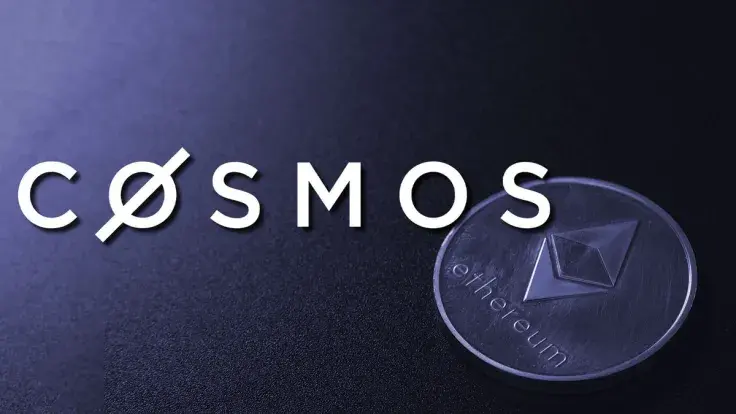
Disclaimer: The opinions expressed by our writers are their own and do not represent the views of U.Today. The financial and market information provided on U.Today is intended for informational purposes only. U.Today is not liable for any financial losses incurred while trading cryptocurrencies. Conduct your own research by contacting financial experts before making any investment decisions. We believe that all content is accurate as of the date of publication, but certain offers mentioned may no longer be available.
One of the cryptocurrencies touted as an "Ethereum killer" is Cosmos (ATOM), which was developed to solve the problems of slowness, high transfer rates and blockchains that are harmful to the environment.
In addition, the cryptocurrency aims to make blockchain technology less complex and difficult for developers. As such, it has a modular structure that demystifies decentralized applications.
This is made possible by Cosmos SDK, which is an open-source framework for building multi-asset public proof-of-stake (PoS) blockchains, like the Cosmos Hub, as well as permission proof-of-authority (PoA) blockchains.
Of course, we cannot fail to mention one of Cosmos' main positives: its interoperability function. It is also on the list of assets that are working on a cross-blockchain conversation to facilitate communication between the networks of different cryptocurrencies, like Polkadot (DOT).
Cosmos vs. Polkadot
Cosmos focuses on interoperability, which is why the altcoin is a direct competitor to Polkadot, a platform that also works at the intersection of the networks of different cryptocurrencies. On Cosmos, it is possible to create various protocols in a customized way, just like on its rival.
One of the differences between the two cryptocurrencies is that Cosmos aims to achieve blockchain communication and adoption more than security between blockchains, as is the case with Polkadot.
This means that projects created on Cosmos can communicate with each other. However, each project has its security layer. On the DOT network, on the other hand, its custom blockchains are dependent on Polkadot's central security.
Thus, it is possible to see that although both networks intend to allow interoperability between blockchains, they have different approaches. On Polkadot, interaction between networks is accomplished through parachains, and on Cosmos, the interaction is done with a hub approach.
Chances of Cosmos standing out as Ethereum killer
Like Polkadot, Cosmos still needs a stronger community, even if its network has an excellent value proposition. Cosmos still has few real-world applications by not focusing on bringing more people to work on its blockchain or doing free marketing.
Another big problem is that the crypto has a staking process that penalizes misbehaving validators with total destruction.
Although this is a mechanism that encourages good behavior on the network, it may be very harmful to the investor who has delegated his/her tokens; when another delegator misbehaves, the delegate who has nothing to do with the misbehavior is also punished.
Cosmos' competition with other Ethereum (ETH) competitors should not be ignored. This could be an advantage for the altcoin in terms of market growth.
By being in the top 30, the altcoin proves that with deliveries and a stronger community, it can reach a larger market capitalization, just like Polkadot and Solana (SOL).
However, becoming one of the most acclaimed "Ethereum killers" is long overdue for the cryptocurrency.
 Tomiwabold Olajide
Tomiwabold Olajide Dan Burgin
Dan Burgin Arman Shirinyan
Arman Shirinyan Caroline Amosun
Caroline Amosun